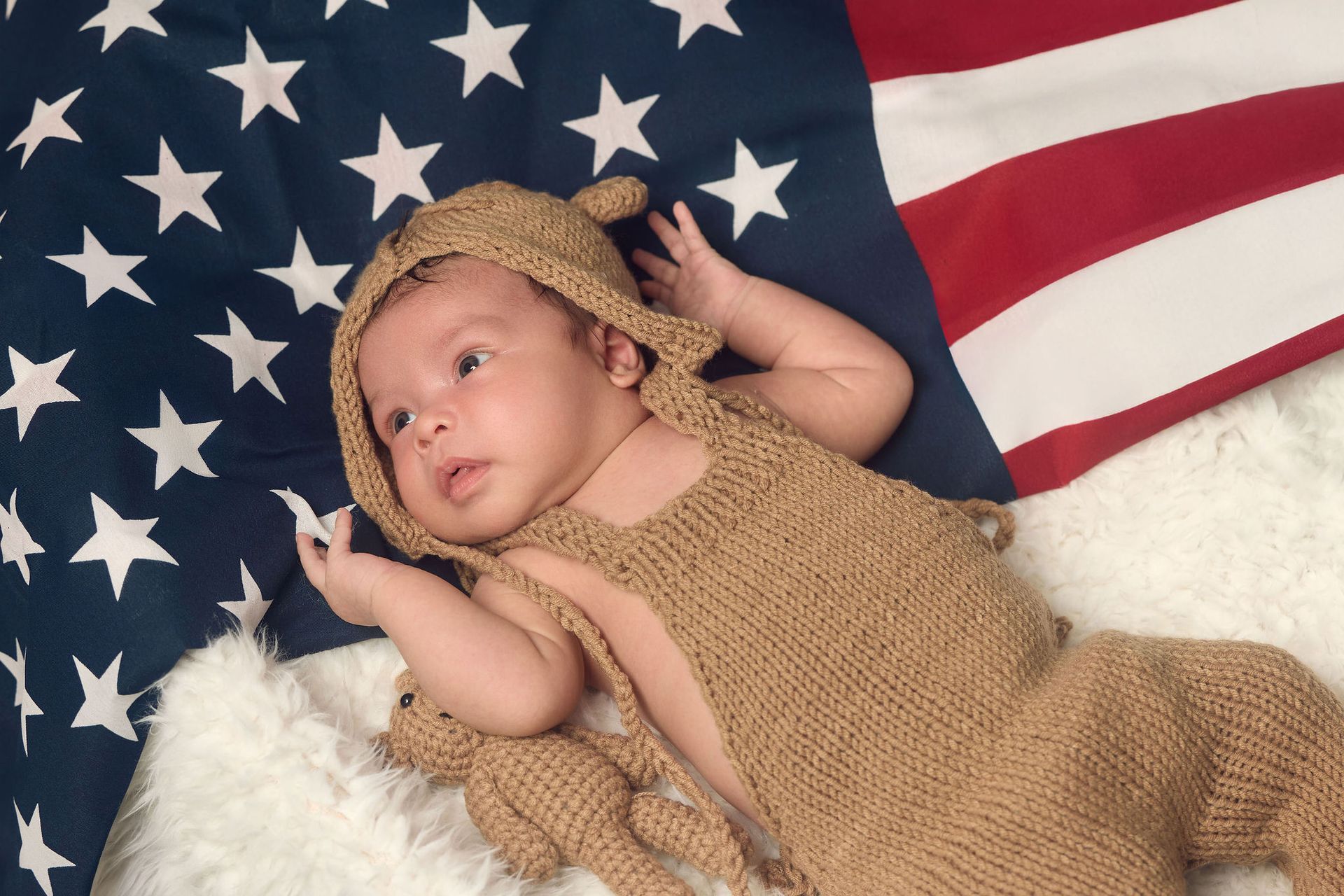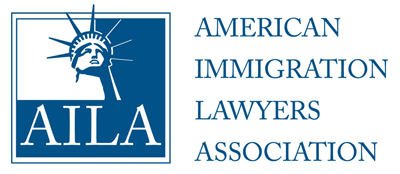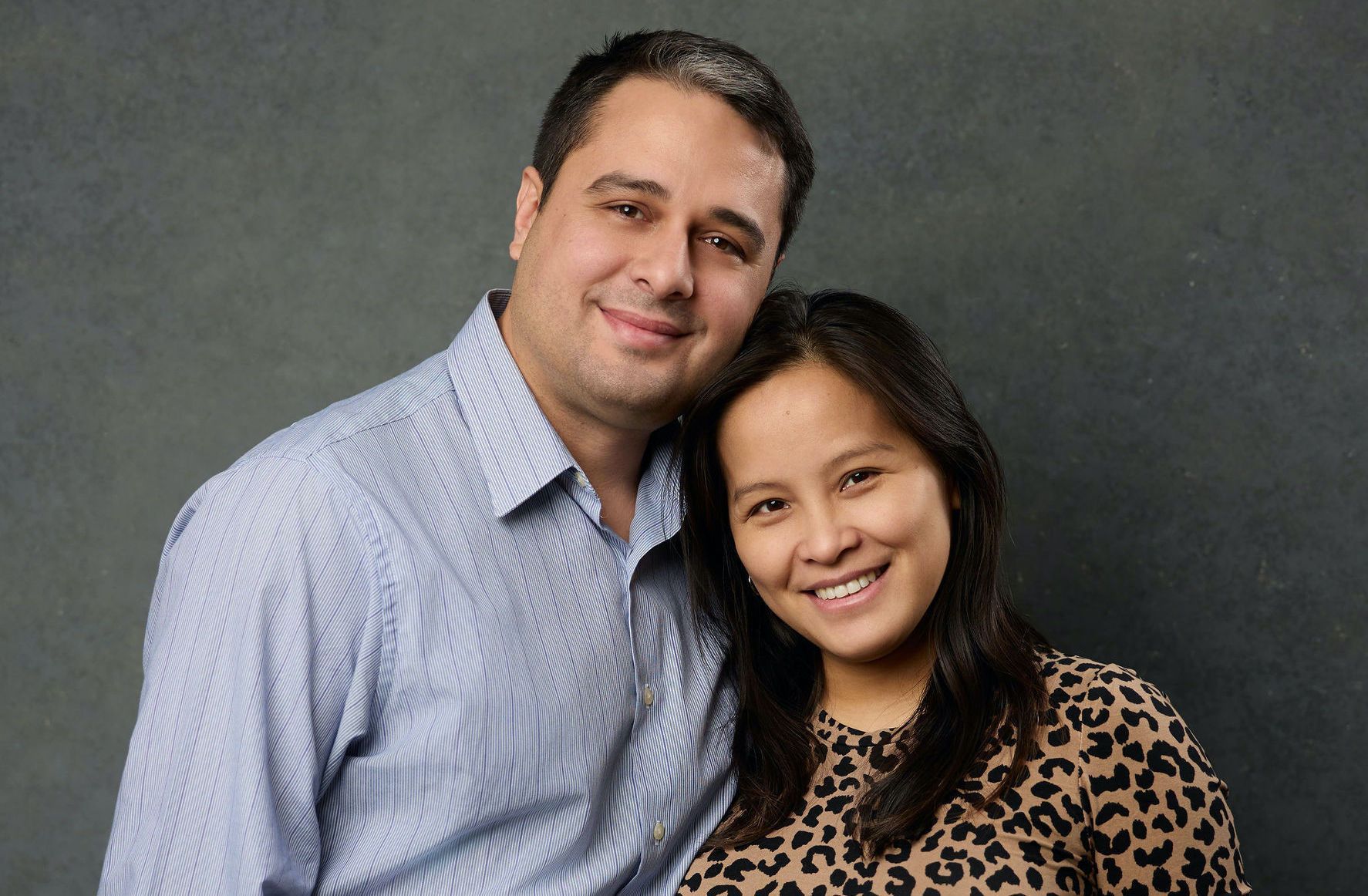US Citizen’s Guide to the Fiance Visa Process in Manila Philippines

A Fiance Visa filing can be a long process, that causes a lot of stress for both fiances. The Visa requirements can be confusing and the process overall can be hard to understand. This post will tie together a lot of our related Manila Philippines Fiance Visa articles, as well as giving that overview to help make things more understandable.
After reviewing this topic, you may be interesting and comparing the process to the Spousal Process:
https://www.fickeymartinezlaw.com/immigration/consular-processing/us-citizens-guide-to-marrying-in-the-philippines-and-immigrating-a-philippine-filipina-spouse-to-the-united-states
The Fiancee Visa has 3 steps:
- Step 1: I-129F Petition filed with USCIS
- Step 2: DS-160 K-1 Fiancee Visa application filed with the US Embassy in Manila Philippines, which allows the fiancee to enter the US
- Step 3: I-485 Adjustment of Status filing with USCIS to receive a Green Card
Step 1 of the process essentially recognizes the relationship and confirms all eligibility has been met. Step 2, in many cases, tests the fiance on the relationship, re-confirms eligibility, and reviews the Filipina(o) criminal record, if any. Step 3 confirms the marriage after entry on the K1 Visa and verify that the marriage is for love and to start a life together. Once confirmed by USCIS, the K-1 changes or adjusts to Lawful Permanent Resident (aka Green Card).
What are normal processing time estimates for Manila, Philippines Fiance Visa filings:
- Step 1 can take anywhere from 13 to 18 months to process. For more up-to-date estimates, USCIS Processing times can be checked here: /immigration/how-do-i-check-uscis-processing-times/
- Step 2 processing is delayed, and is mainly affected by US Embassy backlog. This process could process in as little as 1 month, but it depends if the file transfers from USCIS to NVC and then NVC to DOS Embassy.
- Step 3 can take as little as three months and as long as 5 years (depending on the USCIS Jurisdiction). USCIS Processing times can be checked here: /immigration/how-do-i-check-uscis-processing-times/
What if a filing is already submitted, and taking too long, how can the average processing time be checked?
The below blog post helps locate the USCIS Tool to see up-to-date processing times. If a filing is taking too long, it is best to see if it is processing at the same pace as others.
https://www.fickeymartinezlaw.com/immigration/how-do-i-check-uscis-processing-times
Need Assistance? Our office might be able to help.
What are the Eligibility Requirements for the I-129F Filing?
- The US Citizen wants to start the filing
- The Relationship is bona fide and with love
- The US Citizen and Filipina(o) have physically seen each other (physically been in the same room, city, country) within the past 2 years
- The US Citizen and Filipina(o) intend to marry with the K-1 Visa within 90 days after entry
- The US Citizen and Filipina(o) are legally “free to marry,” meaning not married to anyone else
- The US Citizen has a stable income to support the couple, and that income overcomes Federal Poverty Level Guidelines.
What documents are required?
Our office has an Immigration Checklist here: https://www.fickeymartinezlaw.com/immigration/immigration-checklist-what-our-law-office-generally-recommends
How to prepare a Letter of Intent for this process:
Below is a template our office has created to assist:
https://www.fickeymartinezlaw.com/immigration/k-1-fiance-visa/fiance-letter-of-intent-template
The Fiance will need three (3) Philippine Documents in Step 2 of the Fiance Visa Process:
- PSA Birth Certificate: /immigration/psa-philippine-birth-certificate/
- PSA CENOMAR: /immigration/philippine-cenomar-certificate-of-no-marriage/
- NBI Police Clearance: /immigration/philippines-nbi-police-clearance/
How many Interviews are there?
There are generally 2 interviews.
- During Step 2 of the process, the Filipina(o) must attend an interview. The US Citizen cannot enter the US Embassy, and normally must await across the street, if they are present in the Philippines. So, the US Citizen is not required to appear for the Consular Interview.
- However, during Step 3 of the process, if a green card interview is scheduled, BOTH spouses must appear.
Are there any Consular Interview instructions?
The Manila Embassy provides the following instructions for consular interviews: https://travel.state.gov/content/travel/en/us-visas/Supplements/Supplements_by_Post/MNL-Manila.html
What is the I-134 and is it required?
The I-134 is an Affidavit of Support. The I-134 and its financial supporting documents are required in the Fiancee Visa Process. The affidavit of Support allows the US Embassy to evaluate the financial stability of the US Citizen and their ability to support the foreign fiance. More information on the I-134 may be found here: /immigration/youtube-the-i-134-affidavit-of-support/
What happens if a Philippine Fiance is pregnant with a US Citizen’s Child?
Many believe the baby or newborn would need a visa to enter the US. Although the K-2 Visa is available for children of a K-1, any children of US Citizens should determine whether the baby would acquire US Citizenship at birth. The CRBA Process (More info found here: /immigration/children-born-abroad-how-to-get-citizenship-from-parents/ ) registers the birth in Manila or in Cebu, whichever US Embassy or Consulate is available, and provides the US Citizen child a US Passport, a US Social Security Card, and a proof of US Citizenship in the form of a CRBA Certificate that will never expire.
What if my Philippine Fiance has children, should they come on the K-2 Visa?
The K-2 Visa can be more economical and allows to keep the parent and children together as they immigrated to the US. The catch, a child who is leaving the Philippines forever should have a court order by a Philippine Judge authorizing the parent to have the power to take the child out of the Philippines and to have the power to immigrate to the US, regardless of any protests from the other biological parent.
Alternatively, some may utilize a “Notarized Statement / Agreement” between Biological Parents regarding immigrating to the US. However, if the agreement ceases, one parent contests or withholds consent, the child may not be able to acquire or use a K-2 Visa to leave the Philippines with one Biological Parent.
If you require assistance with the Philippine Fiance Visa process, please consider contacting our office to set up a consultation with our Immigration Attorney.
Disclaimer: This Blog is made available by the lawyer or law firm publisher for educational purposes only as well as to give you general information and a general understanding of the law, not to provide specific legal advice. By using this blog site you understand that there is no attorney-client relationship between you and the Blog/Web Site publisher. The Blog should not be used as a substitute for competent legal advice from a licensed professional attorney in your state.
The post US Citizen’s Guide to the Fiance Visa Process in Manila Philippines appeared first on Fickey Martinez Law Firm.












